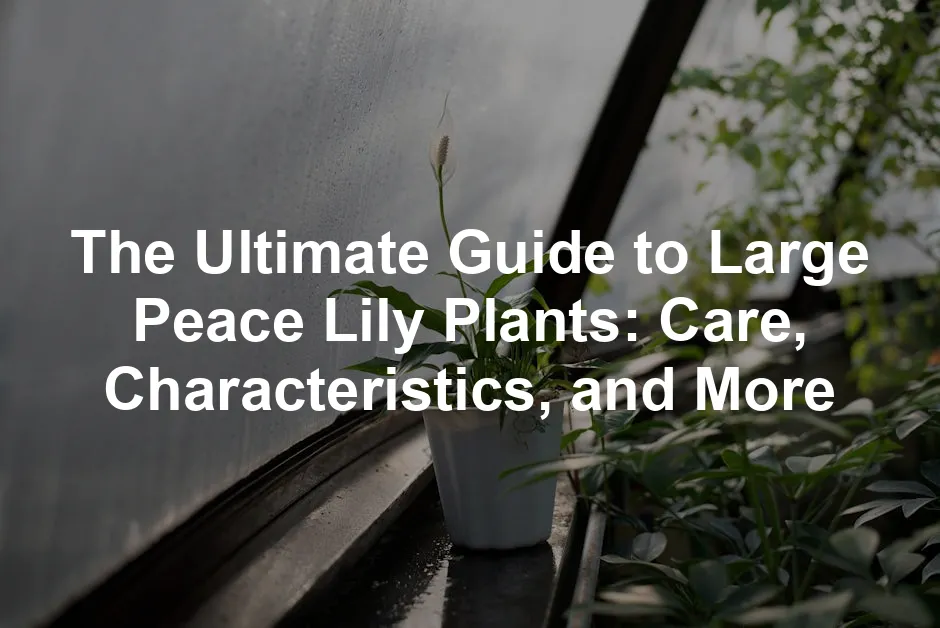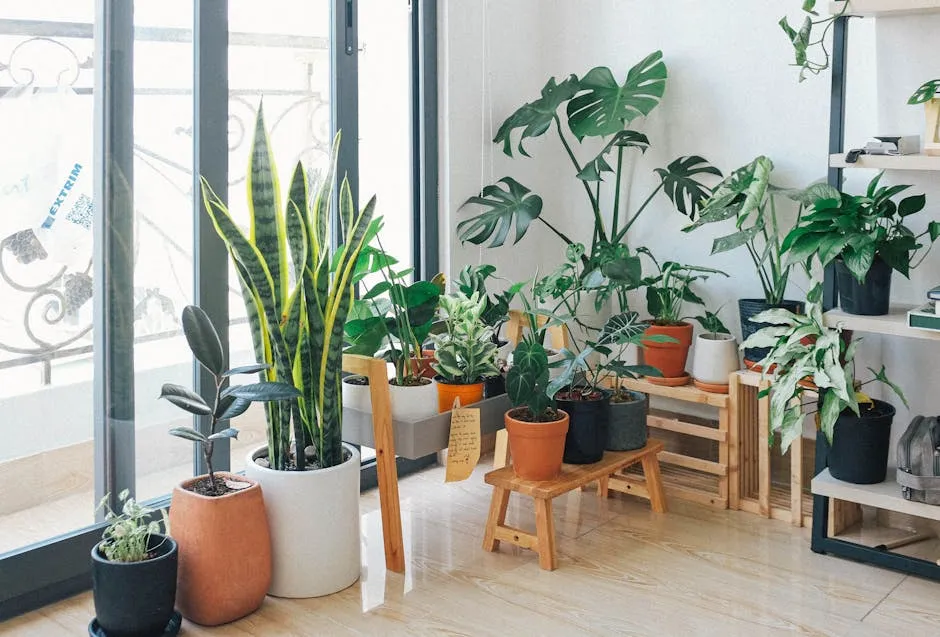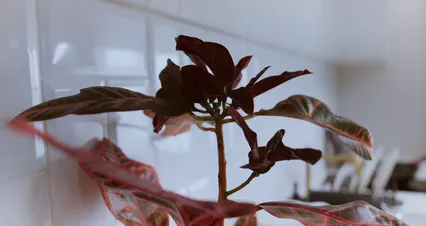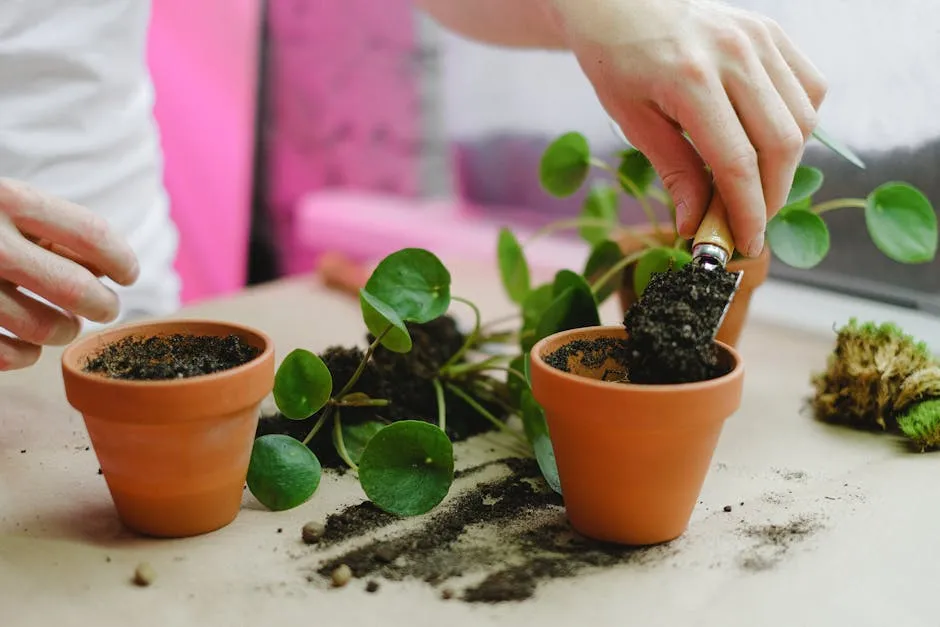

The Ultimate Guide to Large Peace Lily Plants: Care, Characteristics, and More
Introduction
In a world filled with stress, the large peace lily plant stands as a serene beacon of tranquility. With its lush green leaves and elegant white blooms, it’s not just a pretty face—it’s a powerhouse for air purification. This tropical beauty hails from the warm forests of Central America and Colombia, making it a perfect indoor companion.
Imagine walking into a room and being greeted by the calming presence of a large peace lily. Its glossy leaves, resembling emeralds, catch the light beautifully. The dramatic white spathes bloom like flags of peace, adding an element of sophistication to any space.
But wait! There’s more to these plants than just good looks. They’re known for their ability to filter out harmful indoor pollutants. Yes, you heard that right! Large peace lilies work hard to keep your air clean. Not only do they enhance your home décor, but they also contribute to a healthier indoor environment.
Whether you’re a seasoned plant parent or just starting your indoor garden, this guide will help you navigate the delightful world of large peace lilies. We’ll cover everything from their unique characteristics to mastering their care requirements.
What’s the best part? Caring for a large peace lily isn’t rocket science. These beauties thrive in moderate humidity and indirect light. They’re practically begging for a cozy corner in your home. So, get ready to embrace your inner botanist and discover why the large peace lily deserves a prime spot in your home!
Picture this: a vibrant, flourishing oasis right in your living room. With our guidance, you’ll be well-equipped to keep your peace lily happy and healthy. From watering tips to light preferences, let’s embark on this journey together.

So grab your watering can and let’s dive into the lush life of large peace lilies. Your indoor space is about to become a serene sanctuary, thanks to these magnificent plants. Get ready to fall in love with your new leafy friend!
Understanding Large Peace Lily Plants
What is a Peace Lily?
Peace lilies are more than just pretty houseplants. Scientifically known as Spathiphyllum, they belong to the arum family (Araceae). These evergreen plants are famous for their striking appearance. With glossy, dark green leaves and elegant white spathes, they can brighten up any indoor space.
But let’s focus on the star of the show: large peace lilies. These magnificent specimens not only boast larger foliage and blooms but also command attention in any room. Their size makes them a perfect focal point, whether in a cozy corner or a spacious living room.
Originating from the tropical forests of Central America and Colombia, peace lilies thrive in warm, humid environments. They love indirect or filtered light, which mimics their natural habitat. Place them near a window where they can bask in soft sunlight without being scorched.
In their natural setting, peace lilies grow under the lush canopy of trees, enjoying the filtered light that breaks through the leaves. This unique origin explains why they prefer moderate humidity levels. Keep them happy with regular misting or by placing their pot on a tray of damp pebbles. They’ll reward you with stunning blooms and vibrant foliage.

Speaking of humidity, consider using a pebble tray for humidity to keep your peace lily feeling fresh and hydrated. It’s an easy way to create a tropical paradise right at home!
Characteristics of Large Peace Lilies
Large peace lilies are truly a sight to behold. Their foliage can grow up to a foot long, creating an impressive display. The leaves are glossy and dark green, resembling emeralds glistening in the sun. When it comes to blooms, large peace lilies deliver an even bigger spectacle.
The flowers are not flowers in the traditional sense. Instead, they consist of a petal-like structure known as a spathe surrounding a central spike called a spadix. The spathes are typically white, resembling flags of peace. They can last several months, providing a serene ambiance in your home.
But there’s more! Large peace lilies are champions of air purification. They filter out harmful indoor pollutants, making your home a healthier place to breathe. According to studies, these plants can remove toxins like formaldehyde and benzene from the air. So, while you enjoy their beauty, they’re quietly working to improve your indoor environment.
Bringing a large peace lily into your home means you’re not just adding greenery. You’re inviting a touch of tranquility and serenity. With their stunning appearance and air-purifying properties, these plants are a winning combination. They truly deserve a prime spot in your indoor oasis!

Care Requirements for Large Peace Lily Plants
Watering Needs
Keeping your large peace lily happy starts with its watering schedule. These plants prefer their soil to dry out slightly between waterings. Aim to water every 1-2 weeks, depending on your indoor conditions. Stick your finger in the soil. If it feels dry an inch down, it’s time to water.
Look out for signs of distress! Yellowing leaves often signal over-watering, while droopy leaves may indicate under-watering. If you notice brown tips, your peace lily might be thirsty!
Humidity is essential for these tropical wonders. You can maintain humidity levels using a simple pebble tray. Just fill a shallow dish with pebbles and water, then place your plant on top. This setup ensures your peace lily enjoys a refreshing mist without sitting in water. Misting the leaves occasionally also helps recreate a humid environment.

Additionally, consider investing in a humidifier to keep the air moist and your peace lily smiling all year round. Your plant will thank you with lush growth!
Soil and Fertilization
For your large peace lily to flourish, choose a well-draining potting mix. A blend of peat moss, perlite, and potting soil works wonders. This combination ensures adequate moisture retention while preventing root rot.
Fertilization is key to vibrant growth. Feed your peace lily with a balanced liquid fertilizer for houseplants every 6-8 weeks during the growing season. Look for a fertilizer high in nitrogen and potassium, as these nutrients promote lush foliage and stunning blooms.

Pruning and Maintenance
Pruning is crucial for maintaining the health of your large peace lily. Remove any yellow or brown leaves to encourage new growth and improve airflow. Use clean, sharp scissors to make tidy cuts at the base of the leaf stem.
Pests, such as spider mites and aphids, can be pesky. Regularly inspect your plant and wipe the leaves with a damp cloth to prevent infestations. If you spot any unwanted guests, treat them promptly with insecticidal soap or neem oil. Prevention is better than cure, so keep your plant clean and stress-free to minimize disease risks.
In summary, with the right watering, soil, and maintenance practices, your large peace lily will thrive, rewarding you with its stunning beauty and air-purifying benefits.

Choosing the Right Large Peace Lily
Where to Buy
When it comes to purchasing a large peace lily, your options are plentiful! Start your quest at local garden centers. They often carry a variety of peace lilies, allowing you to inspect their health firsthand. Plus, who doesn’t love a good plant shopping trip?
If you’re more of an online shopper, many reputable retailers offer peace lilies for delivery. Websites specializing in indoor plants can provide a wonderful selection, including rare cultivars. Just ensure you’re buying from a trustworthy source to avoid getting a sad, wilted plant.
Exploring options for purchasing peace lilies can enhance your indoor gardening experience. indoor plants are a great way to start.
Now, what should you look for when selecting a healthy plant? First, check the leaves. They should be lush and dark green, free from brown tips or yellowing. Look for new growth—this indicates a thriving plant. Avoid any that show signs of pests, like webbing or spots. Remember, a little effort in choosing the right plant can lead to a beautiful indoor companion!

Decorating with Large Peace Lilies
Ideal Placement in Your Home
Large peace lilies deserve their moment in the spotlight! For maximum aesthetic appeal, consider placing them in bright, indirect light. They thrive in this environment, and you’ll appreciate how their glossy leaves and elegant blooms brighten up your space. A well-placed peace lily can transform any dull corner into a vibrant oasis.
Consider styling them in a living room or an entryway. They add a touch of sophistication and serenity, making guests feel welcome. If you have a bathroom with good lighting, peace lilies thrive there too! Their love for humidity makes them the perfect bathroom buddy.
These plants complement various interior styles, from modern minimalism to cozy bohemian. Pair them with earthy tones for a natural look, or set them against sleek, contemporary furniture for a striking contrast. Trust me, your friends will ask if you hired an interior designer!

To really elevate your plant game, consider using a decorative plant pot that matches your home’s aesthetic. It’s an easy way to showcase your peace lily and add a dash of style to your decor!
Companion Plants
Companion planting can elevate your indoor jungle game! Pair your large peace lily with low-light-loving friends like the snake plant or pothos. These plants not only thrive in similar conditions but also create a lush, cohesive look.
When arranging your indoor plant display, think about height and texture. Mix tall peace lilies with trailing plants like ivy for visual interest. It creates a dynamic scene that draws the eye and showcases the unique features of each plant.
Also, consider using decorative pots that complement your peace lily’s aesthetic. A simple, stylish pot can enhance its beauty and tie together your entire plant collection. Remember, the goal is to create a harmonious space that feels fresh and inviting.
With the right placement and companion plants, your large peace lily will shine. Embrace your creativity, and let your indoor garden tell a beautiful story!

FAQs
Are peace lilies safe for pets?
Peace lilies are not safe for pets. They contain calcium oxalate crystals, which can cause irritation if ingested. Symptoms might include drooling, vomiting, or difficulty swallowing. If your furry friend takes a nibble, it’s essential to contact your veterinarian immediately. While peace lilies are beautiful, keeping them out of reach from curious paws is a wise move.
How often should I water my peace lily?
Watering your peace lily is a balancing act. Generally, you should water every 1-2 weeks. Check the top inch of soil; if it’s dry, it’s watering time! Overwatering can lead to yellowing leaves, while underwatering can cause wilting. Always use room-temperature water and ensure excess drains out to prevent root rot.
Can peace lilies grow in low light?
Absolutely! Peace lilies are champs at adapting to low light. They thrive in indirect sunlight, making them perfect for dim corners. However, keep in mind that while they can survive in low light, they might not bloom as frequently. For the best results, give them a little soft light, and watch them flourish!
Why are the leaves turning yellow?
Yellowing leaves can signal various issues. Overwatering is a common culprit, leading to root rot. If you notice droopy, yellow leaves, check the soil moisture. Alternatively, if the leaves are yellowing but still firm, it could be a sign of underwatering. Ensure your peace lily is getting the right balance of water and light for vibrant foliage.
How can I encourage blooming?
To coax those beautiful blooms from your peace lily, focus on light and nutrients. Place your plant in bright, indirect light for a few hours daily. During the growing season (spring and summer), feed it with a balanced liquid fertilizer every 6-8 weeks. With the right care, your peace lily will reward you with stunning spathes that brighten any room!
Please let us know what you think about our content by leaving a comment down below!
Thank you for reading till here 🙂
All images from Pexels



